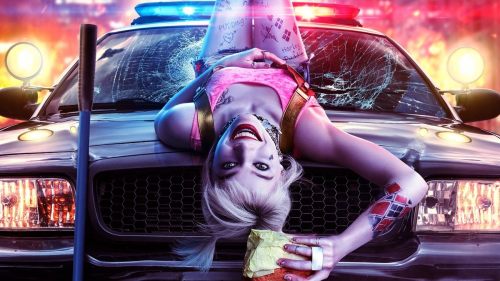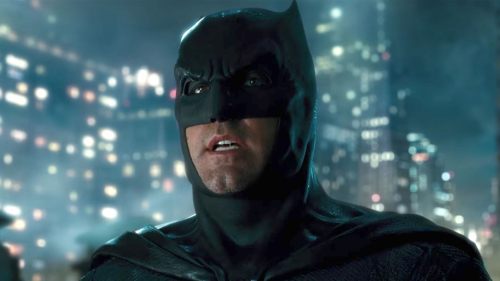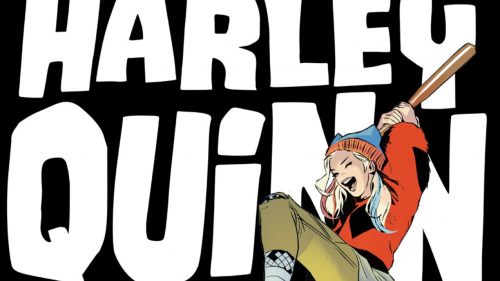The Many Cards of Harley Quinn
Birds of Prey is almost here. Get your tickets now! And while we're at it, have you ordered your copy of the Spring 2020 issue of Birth.Movies.Death. magazine yet?
Harley Quinn has that rare kind of mass appeal where plenty of different people like her for plenty of different reasons. Throughout the character’s 28-year history, she has gone through several different iterations which have each won their own fans. Before Margot Robbie gave us her potty-mouthed, emancipated, sexpot vision of Harley in Birds of Prey, she had earlier versions of the character to build off of.
It’s easy to overlook that Harley Quinn did not first appear in the pages of a comic book. Instead, she began as a comedic bit part in a children’s cartoon. Batman: The Animated Series creators Paul Dini and Bruce Timm needed a female henchman for the Joker for variety’s sake. It was only after Dini watched Arleen Sorkin dress up as a court jester on Days of Our Lives that he realized there should be a Clown Princess of Crime.
Sorkin was brought on very early to voice Harley, and her distinct accent and stage personality informed a lot about the character. A veteran of cabaret, Sorkin knew how to make Harley funny in a way that was different from Mark Hamill’s Joker. Sorkin’s Harley was an ironic mixture of naiveté and sly innuendo, which proved to be a hit with Dini’s writers’ room since Batman: TAS would go on to spotlight the character several times throughout its run.
The animated Batman shows are responsible for a lot of the characterization that has stuck with Harley to this day. It’s in the animated series where we first see Harley’s iconic red-and-black motley, the abusive dynamic of Harley and Joker’s relationship, the friendship between Harley and Poison Ivy, and even Harley Quinn’s origins. The last episode of The New Batman Adventures chronicles how Arkham Asylum psychologist Dr. Harleen Quinzel fell in love with her Clown Prince patient.
After TAS ended, little time was wasted in translating Harley to the pages of DC’s comic books. In 1999, Harley made her first appearance in the DC Comics canon with Batman: Harley Quinn. Written by Dini, this version of the character was very faithful to the costume, personality, and backstory of the animated series incarnation. This Harley would bounce around in the DC Universe until the companywide reboot in 2011.
The comic book era of Harley is where we see Harley come into her identity as an antivillain/antihero. Starting with the Escape from New York-esque Batman story “No Man’s Land,” we see Harley’s connection with Poison Ivy deepen after Ivy saves Harley’s life. Later on, the Gotham City Sirens book would give us Harley in a female superteam that’s a little less principled than the Birds of Prey.
After DC rebooted their entire continuity with the New 52 rebrand, Harley was given a new look and position in the universe. The 2011 relaunch of Suicide Squad brought in a lot of attention by having Harley in the new lineup. Harley also got a new solo series which cemented her status as an irreverent antihero.
A lot of Margot Robbie’s silver-screen harlequin was inspired by the New 52 version of Harley. David Ayer’s Suicide Squad featured a newly-separated-from-the-Joker Harley Quinn that fights in short shorts and acts as the heart of the titular team. The film also makes new revisions to Quinn’s origin, like by having it involve the same vat of toxic waste the Joker fell into.
Harley Quinn’s popularity has boomed since the early 2010s, with her books becoming among DC’s bestselling and her merchandise flooding clothing stores and knick-knack shops across the world. Several DCEU Harley Quinn projects have been floated, including The Joker& Harley Quinn, Gotham City Sirens, and an untitled Harley Quinn solo film. Cathy Yan’s Birds of Prey might be the opening of a new cinematic era for this beloved DC character.



